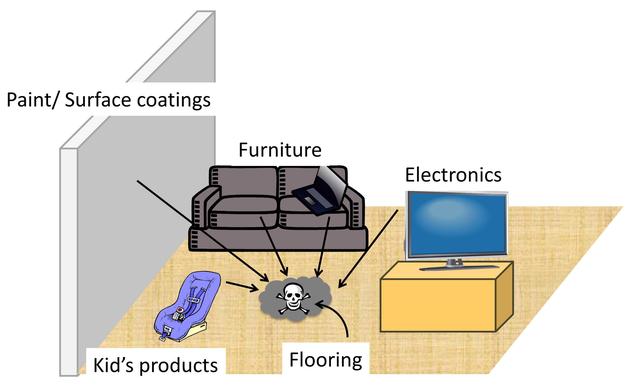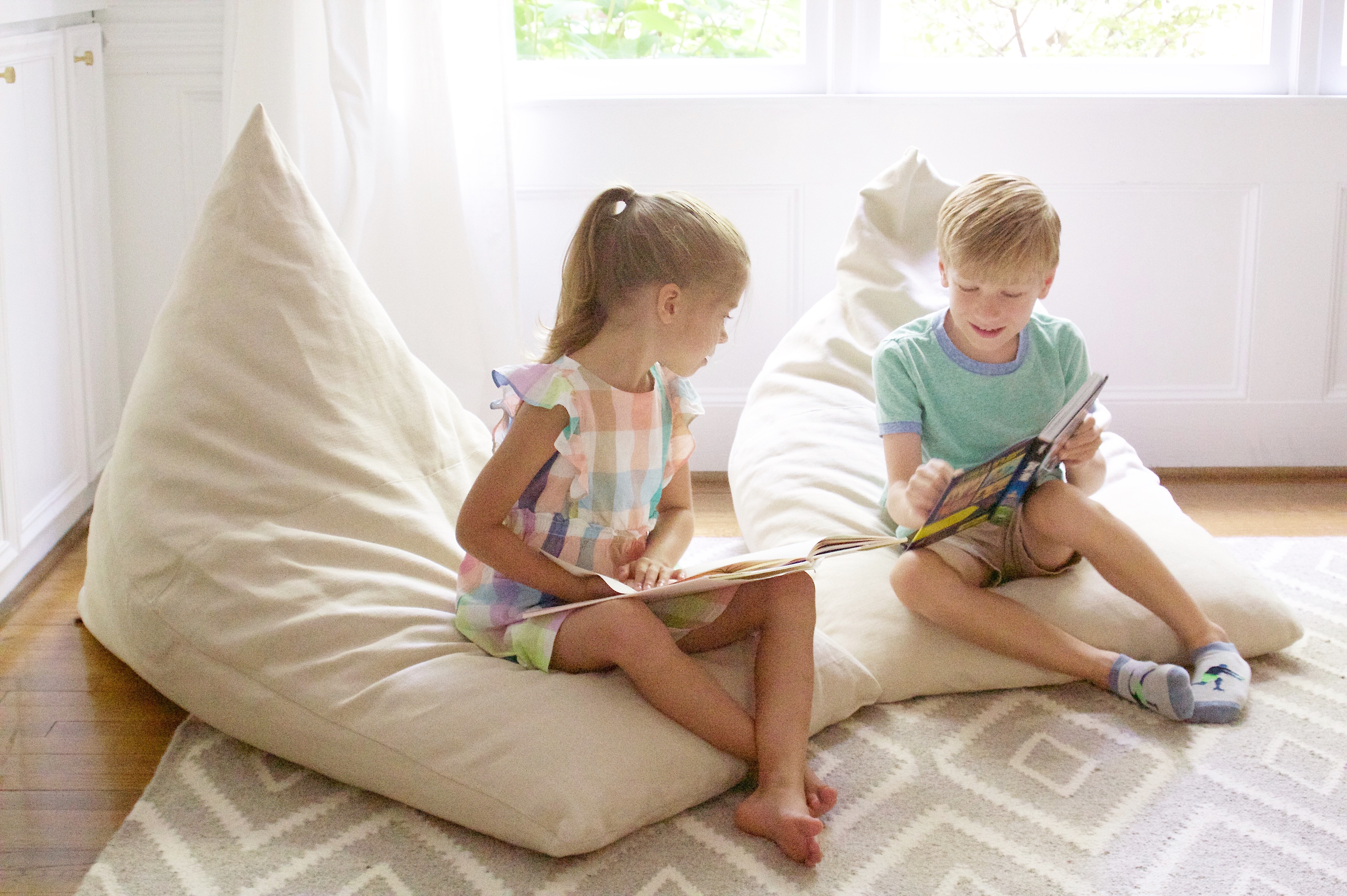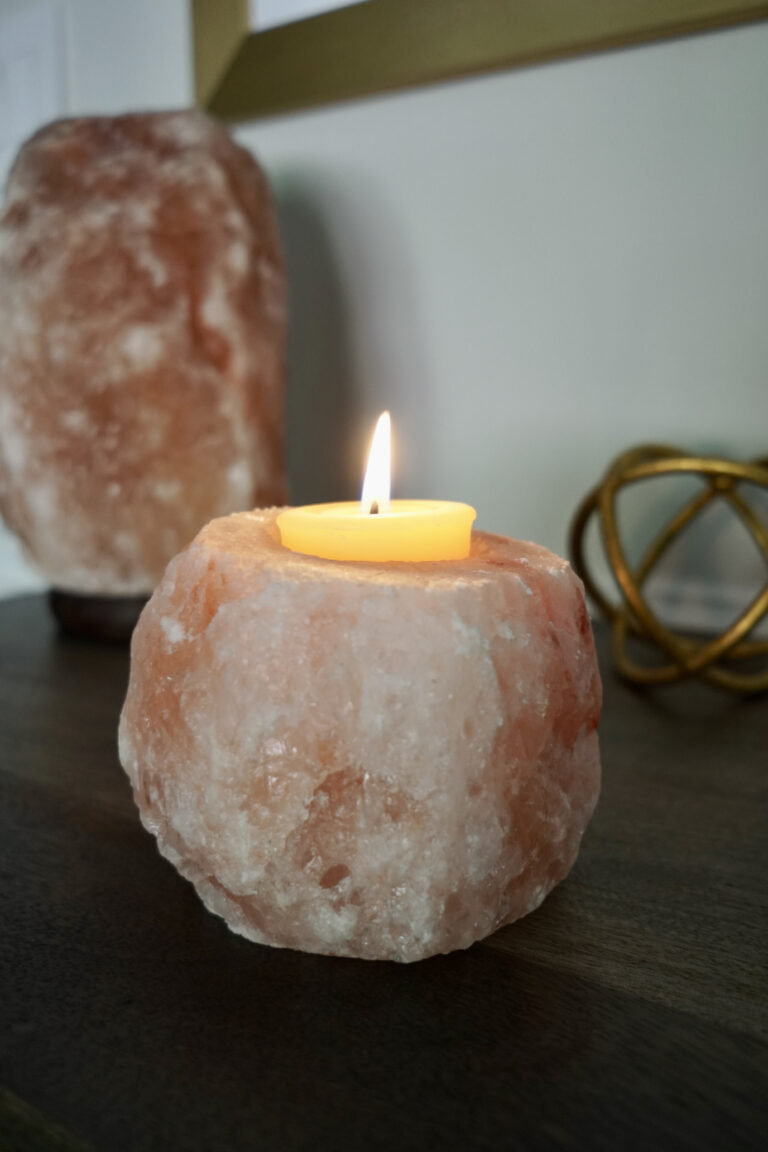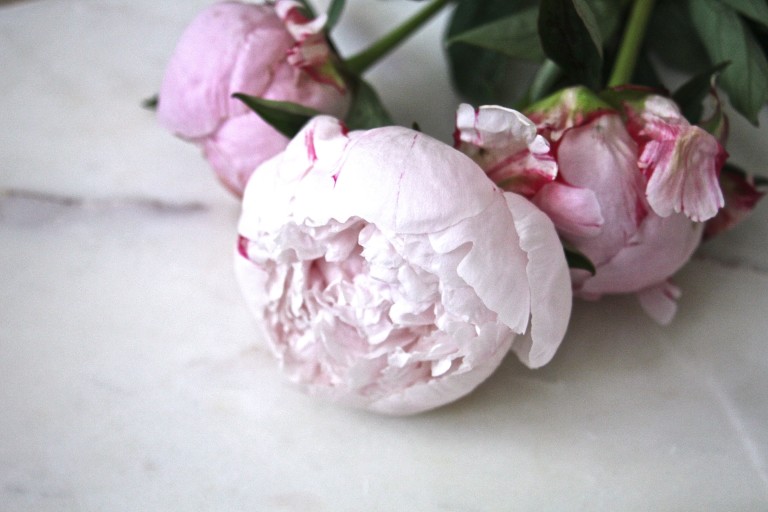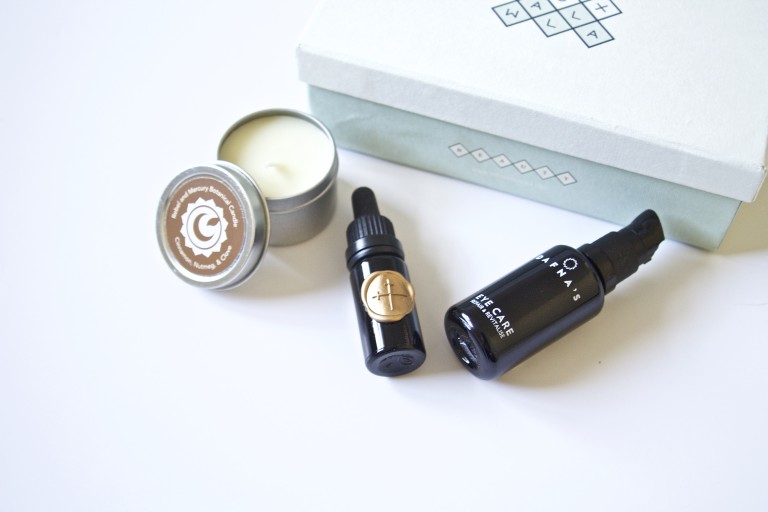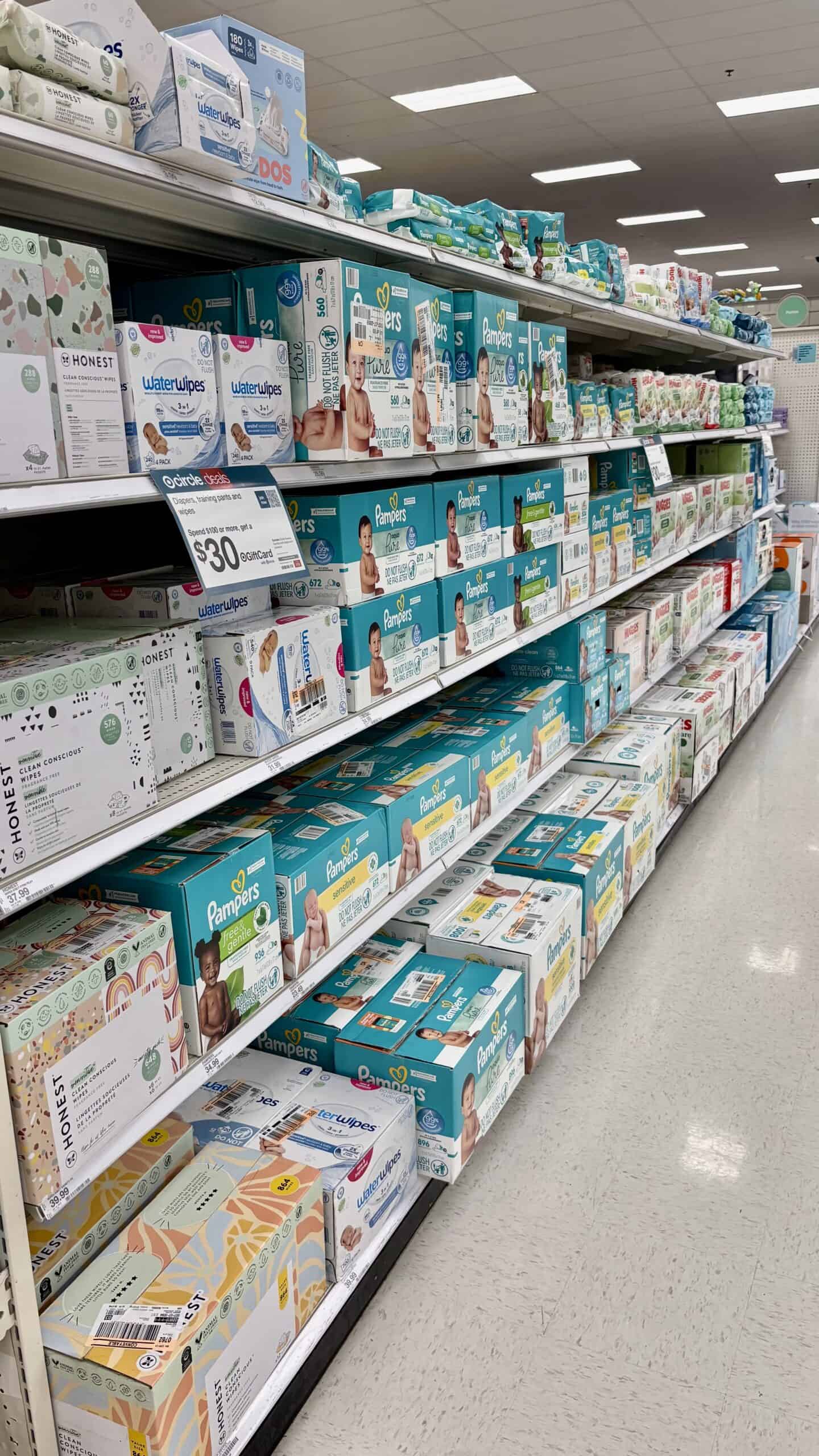Setting Up A Nontoxic Kid Space + A Giveaway
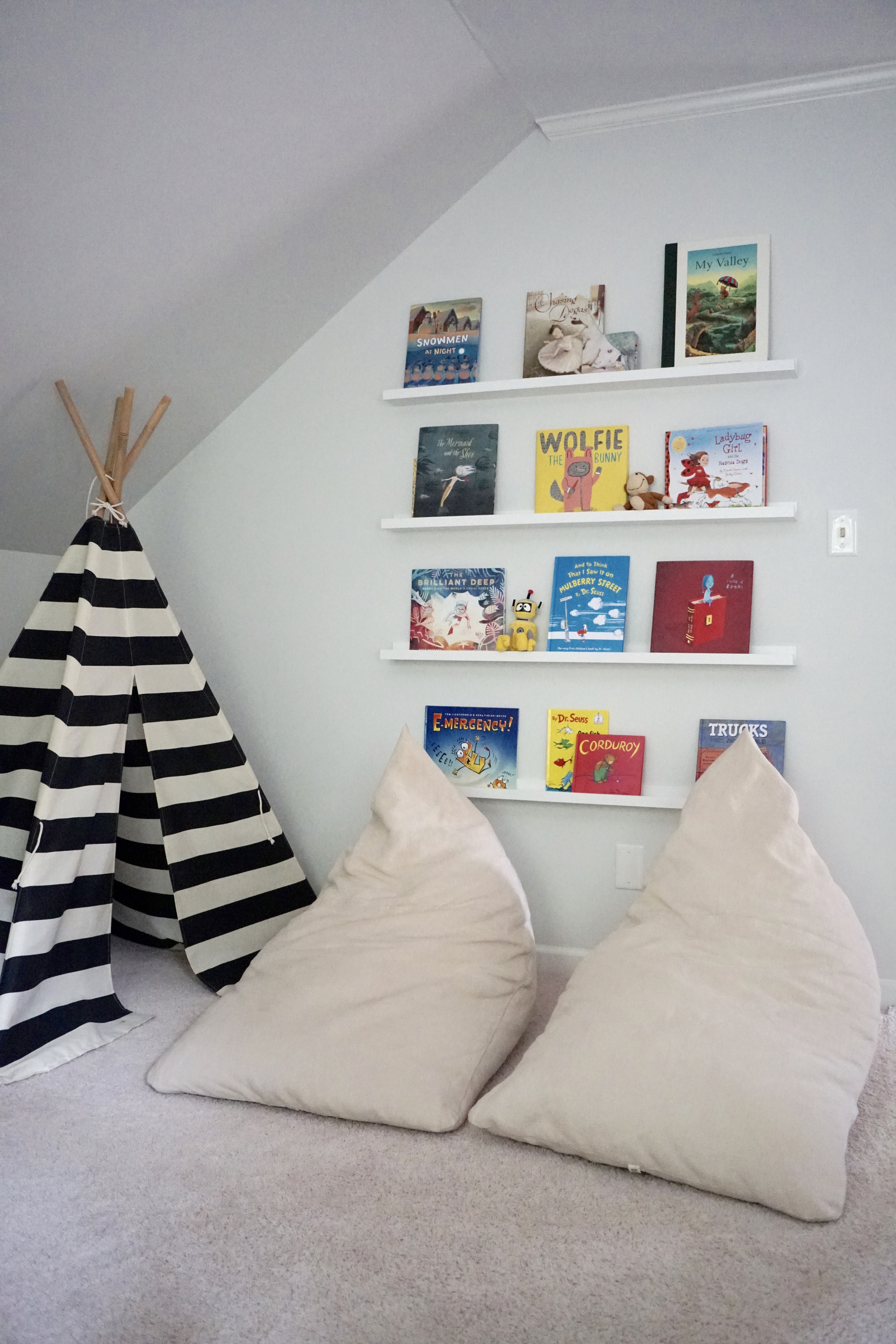
Maybe you have a new baby on the way that you’re setting up a nursery for or maybe you’re just trying to carve out a little play space in a corner of your home to keep the LEGOs and Barbies corralled. Either way, it can be overwhelming to wade through things like VOCs, flame retardants, air quality, and more. Setting up a nontoxic kid space doesn’t have to be complicated or cost a lot of money though! Knowing a few basics about what to skip and what the safer options are will put your mind at ease and gives kids a safe spot to place in the house.
Be sure to check out the giveaway at the end of this post!
Good To Know
While indoor air quality is one of the most important considerations in your home, kids bring a unique challenge since they spend so much time on the floor playing and also tend to put hands and objects in their mouths. This gives them greater exposure to chemicals that break down into what’s known as toxic dust. I know it sounds like a scary term. Please know, I’m not here to fear-monger, but rather to equip you with knowledge so you can make the best decisions for your home.
The good news is that you can limit the things in your home that can contribute to this dangerous dust and you can take steps to further reduce exposure.
What is Toxic Dust?
Image via www.nrdc.org
Most commonly the dust is made up of phthalates, flame retardants, synthetic fragrance, and fluorinated chemicals.
A study by Duke and EWG showed that young children had 5 times as much carcinogenic flame retardants in their systems than their mothers. The most commonly used flame retardant chemicals in furniture, electronics, and baby gear tend to break down into dust over time and since young kids spend so much time on the ground, their exposure rate skyrockets. Researchers noted that children in the study who washed their hands more frequently, especially before eating, had some of the lowest levels of flame retardants in their systems.
If the flame retardants aren’t bad enough, the other members of this chemical cocktail bring even more to the party. From disrupting hormones to causing infertility, there’s a lot of reasons to keep exposure to a minimum.
Reducing Your Family’s Exposure
- Have kids wash their hands throughout the day, especially before eating
- Keep dust down by dusting with a damp cloth, wet mopping and using a HEPA filter vacuum like this one
- Consider a HEPA air filter, which not only keeps your indoor air quality in good shape, it also removes dust particles from the air before they settle on surfaces
- Choose furniture made without flame retardants or stain-resistant coatings (more on that below)
- Use non-VOC paint (more on that below)
- Avoid vinyl items
- Say no to air fresheners and room sprays. This also drastically improves your indoor air quality
The Good Stuff
Furniture
Buying New
New furniture off-gasses quite a bit, so be sure to avoid MDF and any added flame retardants or stain-resistant coatings. Instead opt for solid wood construction and durable natural fabrics.
Some major retailers have added some GREENGUARD Gold Certified products which means each piece is screened for more than 10,000 chemicals and VOCs that are commonly known to pollute indoor air. Although, be aware not all of the furniture at these stores are certified. Click each name below to see a list of their certified pieces. Some items may have only the fabric or cushion, etc. certified, but most on these lists are fully certified:
Crate&Barrel (Also includes Crate&Kids)
I also love finding brands that focus on nontoxic furniture items. Home Of Wool is one such brand and was started out of a mother’s desperation to find truly nontoxic furniture for her chemically sensitive young child. You can check out their handmade pieces here. My kids absolutely love our bean bag chairs from them, so we’ve teamed up to give one away! See how to enter at the bottom. Also, use code MOLLY5 to save 5% on their site!
Used Furniture
Got some hand-me-downs or family treasures on your hands? Perfect! While it’s tempting to go with shiny new things, older furniture has character and most importantly, has already off-gassed any noxious substances or was made before those things were added.
In Annabelle’s room sits my great-great grandparents’ dresser set. It’s solid wood and has solid history, as it sat in my room growing up and in my mom’s room when she grew up. I only wish we had the matching full size bed that my parents sold off when I was a teen! We’ve painted them off-white and added un-lacquered brass hardware and they look just as beautiful as new.
Beware of foam-filled furniture made between the 1970’s and 2013, due to flame retardant standards. If you happen to have pieces from that time frame, have them re-stuffed with safer materials.
Build Your Own
My husband enjoys woodworking and has built several items in our home from scratch. This gives us complete control over the materials used, including the finish and is very economical. Sites like ana-white.com offer templates and step by step instructions, so if you have someone handy in your life, you may want to try this out!
Air It Out
We all get drawn in by the allure of IKEA’s tidy storage systems. IKEA is one of the retailers that has done away with using flame retardants. That’s good news, but they still use MDF (formaldehyde releaser), adhesives that off-gas and plastic coatings. While none of these are great, putting furniture in a garage or out of the way area to off-gas after it’s first built will reduce how much off-gassing it does inside your home. This solution isn’t perfect, but does help a little.
Another economical solution is to purchase floor models, which have likely done the majority of their off-gassing upfront.
Paint
For walls and furniture, stick with no-VOC paint if possible. Regular paint is estimated to take 2-3 months to off-gas harmful substances, and in newer homes constructed with energy efficiency in mind, it could take much longer.
I’ve used Benjamin Moore’s Natura paint in most of our home and we are very happy with it. It has zero VOCs and is certified asthma and allergy friendly. Minimal smell, no headaches after it’s applied (which my husband gets with regular paint), and it performs well.
Toys
This is a tough one, I know. Between family gifts and birthday presents, sometimes this can even get a bit beyond your control. I truly dislike plastic and love the look of classic wooden toys. That said, you will find plenty of plastic toys in my house. I can’t always stop Grandma from buying the 3 foot plastic Batman robot. One place I draw the line is MDF. I steer clear of toys like doll houses built with it and if necessary, I buy them used or as floor models. I bought Annabelle’s Pottery Barn Dollhouse as a floor model because I knew it would have already off-gassed. Similarly, we purchased a Pottery Barn play kitchen on craigslist for a steal and I know it’s done most of it’s off-gassing.
Flooring
Rugs
I’m looking into nontoxic carpeting options for our playroom in the near future, but for now, let’s focus on rugs. You really want to know your source on this, to be sure there’s no added stain protection coatings or flame retardants. I prefer natural fiber rugs like wool, sisal and cotton. I also love vintage Turkish rugs. There are several wonderful vintage rugs shops on Etsy, depending on your style! For new rugs, I’ve had really great luck with West Elm. I’ve spoken to several representatives who all assured me that they don’t add anything extra into their rugs. They get bonus points for also offering quite a few fair trade rugs, as well.
Rug pads
Beware of vinyl, as this is one place it tends to sneak in! We love this natural and very thick one for our larger area rugs. For thinner rugs pads (for runners, smaller rugs, etc), I’ve had great luck with this non-vinyl one.
Air Filter
As I mentioned above, this is another way to keep the air clean. I have filters in the kid’s rooms and play space. This one is a great option for individual rooms.
The Giveaway!
Post contains affiliate links. All thoughts and opinion are always my own.

